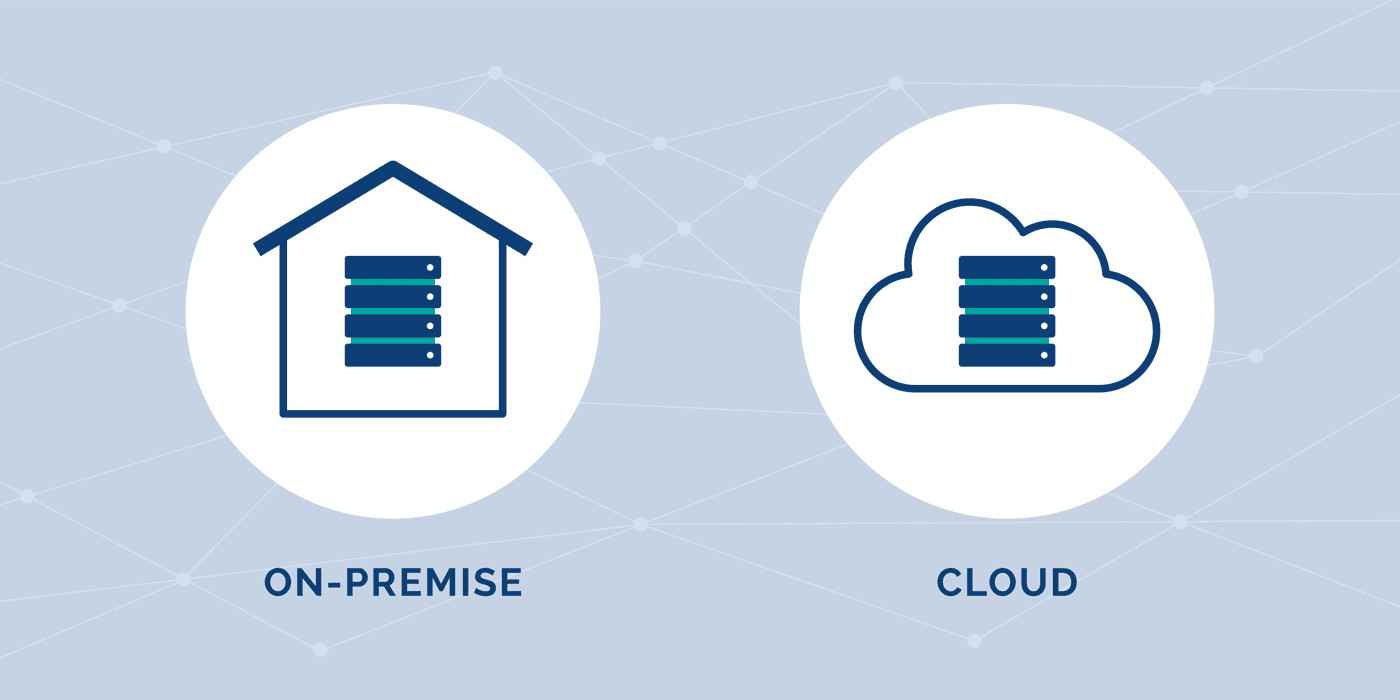InnoSewa, is a Digital Services company helping clients in Digital Transformation & Automation. We constantly make every effort to provide best services to our clients along with making ways for youth to involve into mainstream.
Read More
Cloud-Based vs. On-Premises Server Management: Pros and Cons
Choosing between cloud-based and on-premises server management can be a strategic decision for any organization. Both options have their own strengths and weaknesses, so understanding them is crucial for making the best choice for your specific needs. Here’s a breakdown of the pros and cons:
Cloud-Based Server Management:
Pros:
- Flexibility and Scalability: Easily adjust resources up or down to meet changing needs without significant upfront investment.
- Reduced Cost: Pay for what you use, eliminating the need for large upfront hardware purchases and IT staff.
- Accessibility: Access servers from anywhere with an internet connection, enabling remote work and global collaboration.
- Reliability and Security: Cloud providers invest heavily in security and disaster recovery, offering high uptime and data protection.
- Automatic Updates: Cloud providers manage software updates and patching, reducing IT workload.
Cons:
- Vendor Lock-in: Switching providers can be complex and costly due to data migration issues.
- Security Concerns: Relying on a third-party provider comes with security risks, requiring careful vendor selection and data encryption.
- Internet Dependency: Connectivity issues can disrupt access to servers and applications.
- Potential Hidden Costs: Pay-as-you-go model can result in higher costs than on-premises for high resource usage.
- Limited Customization: Control over server environment and software may be restricted compared to on-premises.
On-Premises Server Management:
Pros:
- Complete Control: You have full control over hardware, software, and security, maximizing customization options.
- Data Privacy and Security: Data remains within your physical control, potentially reducing legal and compliance risks.
- No Internet Dependency: Servers function independently, providing reliable access even during internet outages.
- Potentially Lower Costs: Can be more cost-effective for businesses with consistent resource needs and high data security requirements.
Cons:
- High Upfront Investment: Requires significant initial investment in hardware, software, and IT staff.
- Limited Scalability: Scaling up resources can be time-consuming and expensive.
- Management Burden: IT staff is responsible for server maintenance, updates, and security, increasing workload.
- Disaster Recovery: Setting up reliable disaster recovery measures can be complex and costly.
- Accessibility Limitations: Servers are accessible only from within the network, hindering remote work and collaboration.
So, which one is right for you?
It depends on your specific needs and priorities. Consider the following factors:
- Budget: Can you afford the upfront investment for on-premises or do you prefer a pay-as-you-go model?
- Scalability: Do your resource needs fluctuate often or are they relatively stable?
- Security: How sensitive is your data and how important is complete control over its location?
- IT Staff: Do you have the internal talent to manage on-premises servers or prefer a managed service?
- Accessibility: How important is remote access and global collaboration for your team?
By carefully considering these factors, you can determine which server management solution will best support your business goals and resources.
Remember: A hybrid approach that combines both cloud and on-premises elements can also be a viable option for some organizations.
I hope this helps you make an informed decision about cloud-based vs. on-premises server management for your organization.
Conclusion
A hybrid approach that combines both cloud and on-premises elements can also be a viable option for some organizations.
I hope this helps you make an informed decision about cloud-based vs. on-premises server management for your organization.
InnoSewa helps companies in the maintenance & setup of servers, both in-house and in the cloud. We work collaboratively with you to create a deep understanding of the risks and opportunities presented by new emerging technologies and think creatively about how you can use these technologies to improve business performance.
Connect with us in case of any queries or requirements.





